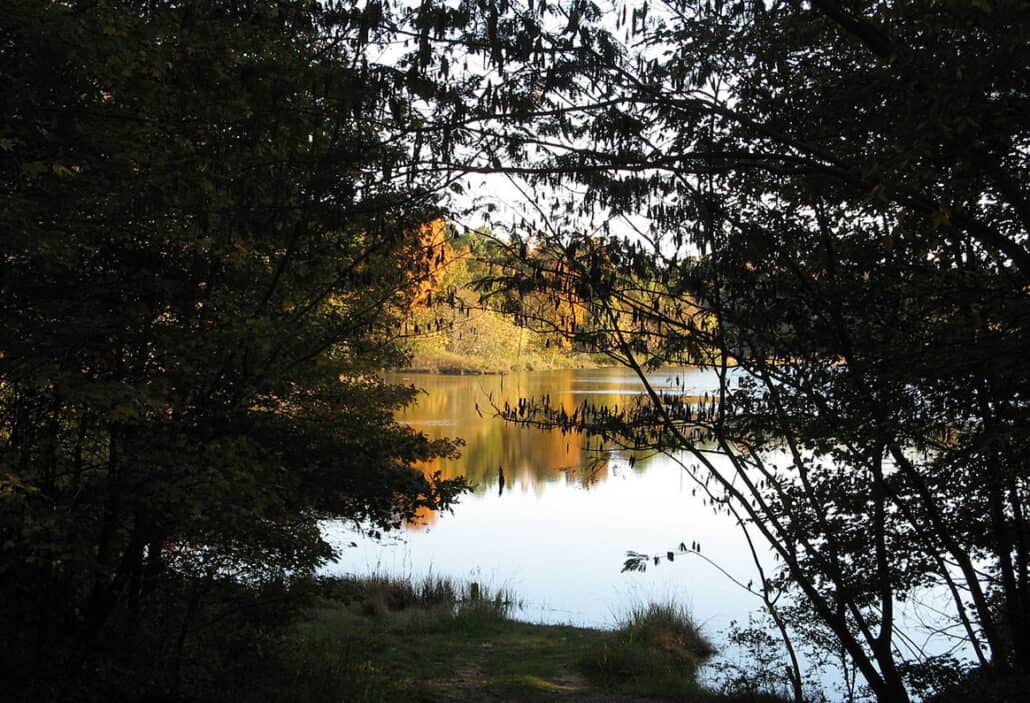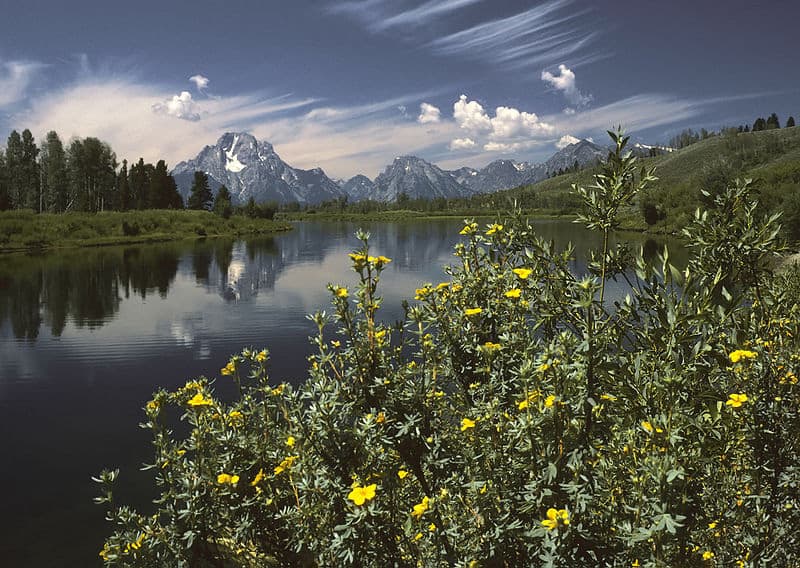Fall birds of Georgia (September, October, November)
September is thoroughly “fall,” even though it can still be quite hot in Georgia during the month! Just about every species that was migrating through in spring is now migrating back south again, although many have changed into much duller winter plumage. Almost none of these migrants are still singing, much to the chagrin of birders trying to find them, though many still give characteristic calls. All of the landbirds that leave North America in winter are moving in large numbers, including most members of the flycatcher, vireo, warbler, and tanager families.
Those few species that winter in Georgia, such as blue-headed vireos and orange-crowned warblers, typically arrive much later and do not show up until the end of September or later. Fall migration is more spread out and more protracted than spring, and fall migrants often stop to linger for a few days in an area of good foraging. The bulk of the landbird migrants are still following two major paths through Georgia, the path from the Blue Ridge mountains in the northwest diagonally southwest to the gulf coast or right down the coast. Once they leave the mountains, migrants follow the rivers and creeks, and birding areas that include these natural migration pathways often offer better birding.
Other groups, such as the hawks and other daytime (or diurnal) raptors, are migrating by now as well. The largest numbers are along the coast, where from the second half of September into October a bird watcher can see several hawk species and all three Georgia falcons (kestrel, merlin, and peregrine) in one day. On warm sunny days with good tailwinds there can be hundreds of hawks flying south along the beaches. Inland can also be good for hawk migration, especially during the end of September through October under the same weather conditions. The first really strong cold front from the west or northwest will usually spur many lingering hawks southward, and if you can get to a high spot in northwest Georgia a day or two after the front passes you may see many migrating hawks. Observers have seen several hundred broad-winged hawks in a day many times under these conditions in late September.
Change is the name of the game along the coast in October, both in shorebird numbers and in species, and especially in the gulls and terns. The typical winter gulls, such as ring-billed and herring gull, are starting to arrive toward the end of the month, but from late August through October is the best time to see one of the rarest gulls here, the lesser black-backed gull. Look for this gull on any of the beaches along the coast. Most of the breeding tern species are leaving. By the beginning of the month almost all of the least and gull-billed terns are gone, and the numbers of black terns are dwindling.
Although October is still a great month for migration among all groups and across the state, the makeup of some of the migrants changes and the number really start tapering off by mid-month. Many of the “early” landbird migrants are completely finished, like most of the swallows and several warblers (see August), and only a few true migrants are still coming in. After the second week of October, only the coast really still has large numbers of landbird migrants. The good news is that the migrants are being partly supplanted by incoming winter residents, both inland and on the coast.
Inland, above the fall line, migrant warblers really fall off about mid-October. However, a few species are at their highest numbers in October, mostly well-inland, like Tennessee and bay-breasted warblers. Most of the species that are occurring in larger numbers inland are the winter residents just arriving. Just about all of the sparrows start to appear in larger numbers during October, including such backyard favorites as song and white-throated sparrows and, later in the month, dark-eyed juncos. Farther afield you can look for incoming white-crowned, vesper, and many Savannah sparrows. Other arriving winter residents include blue-headed vireos, the first winter wrens, yellow-bellied sapsuckers, and kinglets. The ruby-crowned kinglets arrive first, starting in late September. Golden-crowned kinglets don’t really start trickling in until mid-month and are commonly found in mostly pine trees.




